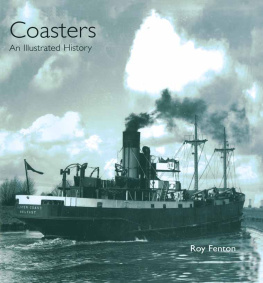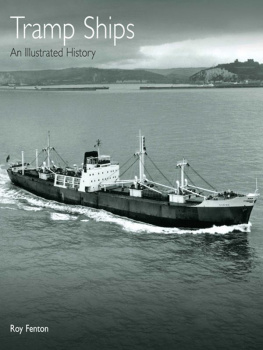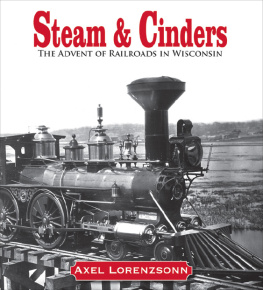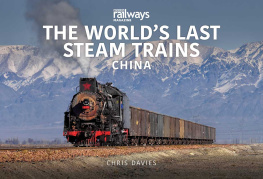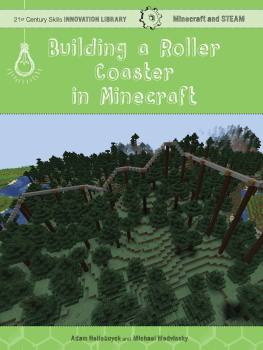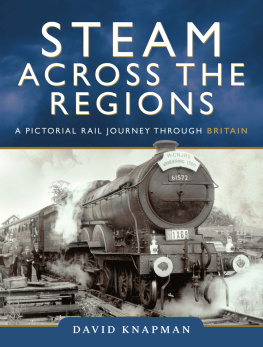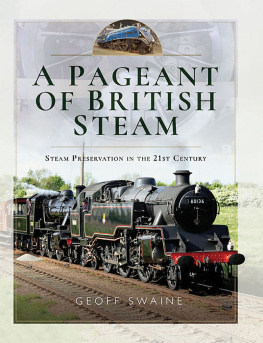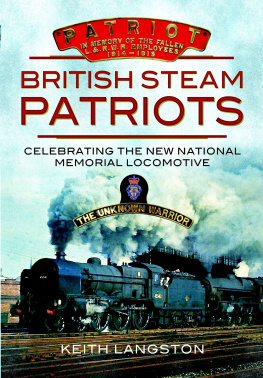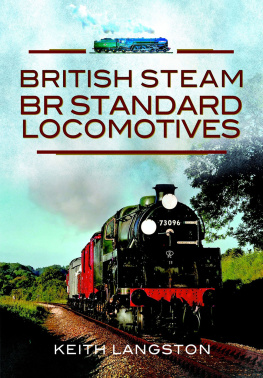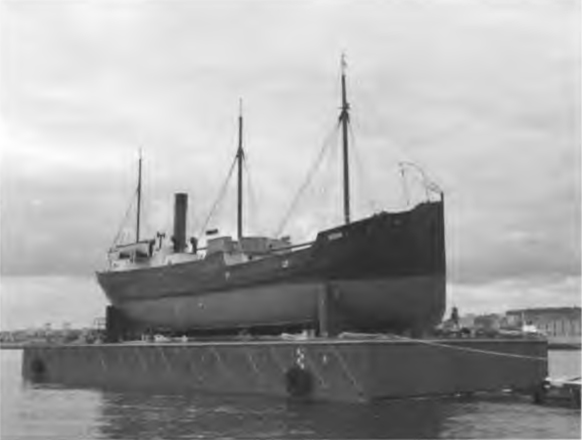Coasters
An Illustrated History
Coasters
An Illustrated History
Roy Fenton
Seaforth
PUBLISHING
Half-title: In July 201 Ithe steam coaster Robin arrives in the Royal Docks, London, near to where she was built in 1890.
She will become a museum, remaining on her floating pontoon. (Author)
Title page: Now better known as a holiday resort,Torquay was one of many small ports receiving its coal supplies by coaster before the Second World War
R. & W. Pauls Oxbird of 1916 calls in the 1930s. (David Eeles)
Copyright Roy Fenton 2011
First published in Great Britain in 2011 by
Seaforth Publishing,
Pen & Sword Books Ltd,
47 Church Street,
Barnsley S70 2AS
www.seaforthpublishing.com
British Library Cataloguing in Publication Data
A catalogue record for this book is available from the British Library
ISBN 978 1 84832 087 1
All rights reserved. No part of this publication may be reproduced or transmitted in
any form or by any means, electronic or mechanical, including photocopying,
recording, or any information storage and retrieval system, without prior permission
in writing of both the copyright owner and the above publisher.
The right of Roy Fenton to be identified as the author of this work has been asserted
by him in accordance with the Copyright, Designs and Patents Act 1988.
Contents
For much of the half century during which I have been an enthusiastic observer of, and researcher into, shipping, my particular passion has been coasters. Although lacking the grandeur of bigger ships, their modest scale is easier to relate to. Coasters are also associated with the more interesting and often picturesque smaller harbours, although it is debatable whether a landscape aficionado would consider my favourite ports of Runcorn and Goole as in any sense charming. A further attraction to the researcher is that coasters, together with their owners and builders, have been far less troubled by historians than have larger ships. Indeed, there is no overall history of the coaster although there are admirable accounts of certain important types. This was an important attraction of Seaforths proposal, because it allowed use to be made of some of the photographs, research, books and documents I have accumulated over many years.
Whether the finished product passes muster as a history of the coaster I must leave to the judgement of reader and reviewer because there are some important limits to the books coverage. It concentrates on coasters powered by steam or oil engines, the majority being of western European design and build, and which are designed mainly for cargo carrying. Each of these criteria require explanation.
First, the restriction to powered vessels. The sailing coaster died out in the twentieth century and it is almost one hundred years since the last were built in Europe. The skills and practices required to build ships in wood and navigate them by wind and tide differed greatly from those needed with their powered, iron and steel successors. The latter required the mastery of the new and different technologies of hull and engine building, of a new operating regime for its owner and manager and new skills and disciplines for its crews. The differences are such that a single volume can hardly encompass both sail and powered coasters, hence the concentration on the latter
Why western Europe? The United Kingdom in particular but also the Netherlands, is where the powered coaster originated, is the area the author knows best and has the most accessible literature. Vessels of basically western European design have been used in most parts of the world. The notable exceptions have been the Americas and, to a lesser extent, Australia, where distances are so great that vessels that elsewhere would be regarded as sea-going have been used for coastal voyages. Only in recent years have countries outside western Europe produced a significant number of ships recognisable as coasters. These show no radical departure in design from European vessels, but are typified by efficient building methods in the case of Japan and Korea, and by cheapness in the case of most yards in other emergent shipbuilding countries.
Although several vessels described herein had some passenger accommodation, the book concentrates on the vast majority of coasters designed to carry cargo. Passenger ships are a different field, with interest focused on speed and the standard and extent of accommodation and facilities for passengers. In contrast, cargo ships are designed to carry the largest quantity of goods as economically as possible, and a recurring theme of the book is how this is achieved. Nor will the book venture into the specialist field of roll-on, roll-off vessels, even though these and the trucks and trailers they carry have taken much of the cargo once carried by coasters.
This still leaves a vast field and one only lightly trodden by previous authors. Indeed, it would be quite possible to compile an entire book on, for instance, the coastal tanker, and the bibliography is witness to how individual owning companies, purely local trades and subtypes of coaster have provided enough material for substantial volumes. Readers must therefore forgive the author if he has omitted their favourite craft or neglected a much-respected fleet, as the choice of ship has been driven both by the availability of good images and the ships typicality. The book attempts the widest coverage within its size constraints, but with room for just over 300 examples from the tens of thousands of powered coasters ever built it has had to ignore many fine ships and interesting operators. Originating in the early nineteenth century, the powered coaster is older than photography, and the earliest vessels were never recorded on camera. In order not to betray the photographic philosophy of the book, I have decided not to use paintings or drawings of these early vessels. As typical early vessels survived to be photographed in their dotage, it is believed that a representative selection of photographs is shown.
Unlike Ambrose Greenways illustrated history of the cargo liner published by Seaforth, this book cannot tell its story in a strictly chronological sequence. The types of coaster that emerged followed sufficiently different evolutionary trends that each needs to be traced individually. For instance, the long chapter devoted to the coastal tanker covers a period of almost 120 years, and discusses trends, such as specialisation, not germane to dry cargo craft.
That is enough about the authors plans. Now it is time to attempt to define and describe a coaster
ROY FENTON Wimbledon, 2011

The Bessie of 1901 at Goodwick.
Pembrokeshire discharging coal into carts some time
before the First World War. Taking the ground like this
was a regular event for small steamers, and probably
meant the crew of the 95ft coaster would be required
to work her cargo out. (National Museums and Galleries of
Wales)
Although in common use, the term coaster is unsatisfactory. If it simply means a ship which trades on a coast it covers a range from the smallest craft to the very large bulk carrier or tanker, as vessels of all sizes have from time to time been employed between ports on the same land mass. The term coaster and short-sea trader is more accurate but clumsy. For the purpose of this book, coaster is understood to mean a sea-going craft largely intended for operation over modest distances. It works between two or more ports either on the coast of one land mass or requiring a sea passage of anything from hours to a few days. The dimensions of length, beam, water and air draught of coasters are usually strictly limited by the ports, harbours and waterways likely to be used and by the sizes of shipments expected to be carried.

